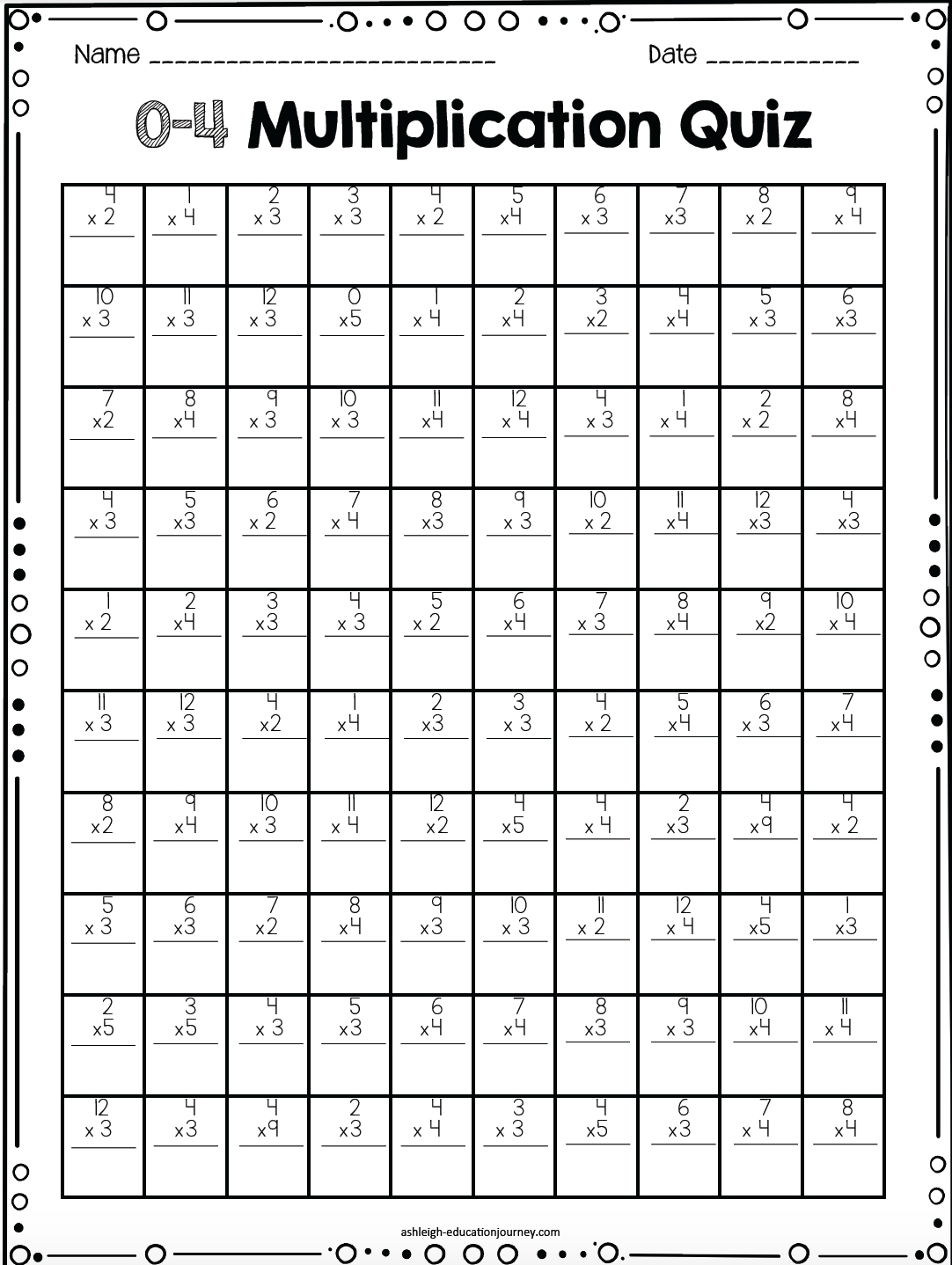

Multiplication table practice games help children practice multiplication facts in fun and interesting ways. How can we make times tables fun for kids? That is, the value of x in the equation 8 × x = 24 is 3 and the value of y in the equation 5 × 6 = y is 30. They can solve an equation with one of the three quantities missing and represented using a variable. Kids learn to write a mathematical equation like 5 × 3 = 15, using an alignment of 5 groups of objects with 3 objects in each group. These games use different methods to reinforce the concept of repeated addition and grouping. The concept of times tables can be introduced with the help of multiplication times table games for kids. How do we introduce times tables to kids? Some other math games that you can explore are: addition games, subtraction games, multiplication games, division games, fraction games, decimal games, etc. These games help students practice multiplication facts to excel and shine bright in the math world. Multiplication table games include multiplication facts games as well. Time table games online can be used to understand these multiplication charts clearly rather than just by-hearting them. They can be used to achieve computational accuracy and mathematical fluency. Times tables are essentially multiplication charts that add the same number to the previous number in every step. These can be used to show repeated addition as well as grouping. The concept of multiplication is introduced to kids using math manipulatives like blocks, arrays and models. Initially, kids learn about multiplication as a form of repeated addition and later, they come to understand the grouping concept. Gradually, they advance to the basic math operations like addition, subtraction, multiplication, and division. They learn to count by modeling toys, chocolates, etc. You can be creative with penalties (e.g., penalties can be assessed for not paying attention when it is not your turn, excessive talking, or helping someone else).In early childhood education, kids get introduced to the wonderful world of mathematics with the things that they see around them. On the 4th down, the team may choose to try for a 1st down, punt (40 yards), or attempt a field goal (must be at least on the 40 yard line).

Start on the 20 yard line at the beginning of the game, the beginning of the second half, and after touchdowns.



 0 kommentar(er)
0 kommentar(er)
